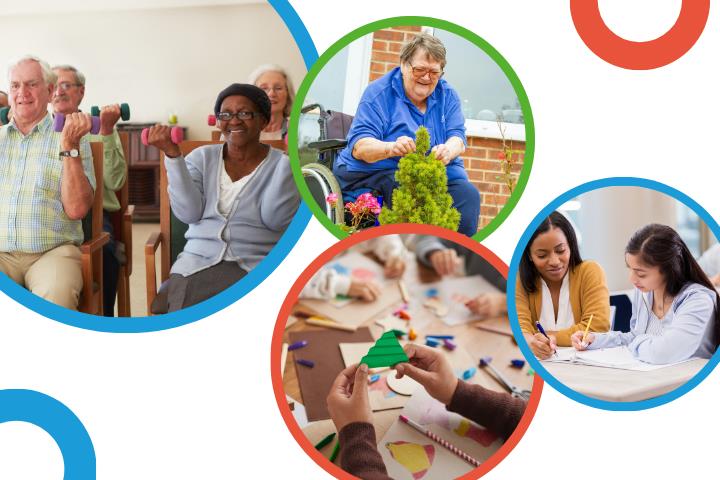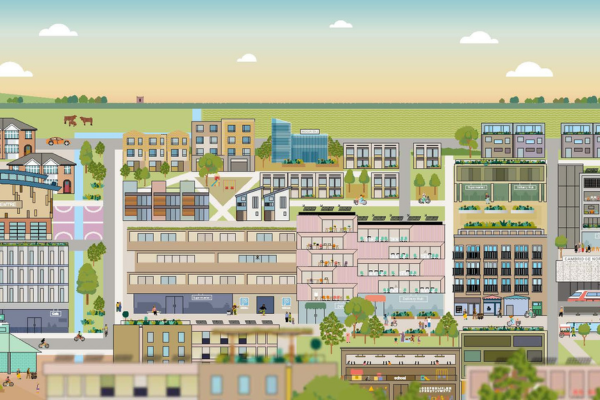The Equality Act 2010 lists nine distinct areas upon which discrimination and harassment are unlawful. They are referred to as 'protected characteristics'.
The definitions of direct discrimination and harassment extend protection to discrimination based on association and perception. They cover:
- age
- disability
- sex
- sex reassignment
- pregnancy and maternity
- race
- religion or belief
- sex and sexual orientation
- marriage and civil partnership (in relation to direct discrimination only)
Discrimination
Discrimination takes place when an individual or a group of people is treated less favourably than others because of their race, sex, sex reassignment, marital status, status as a civil partner, disability, age, religion or belief, sexual orientation or other factors unrelated to their ability or potential.
Discrimination can take many forms, some subtle, some overt. It is one form of harassment.
Harassment
Essentially, harassment is treatment that someone finds unreasonable and unwelcome and which causes intimidation or offence. It is the recipient's experience that is important, not the perpetrator's motivation.
More specifically, harassment is unwanted conduct that 'intentionally or unintentionally' may create one or more of the following effects:
- violation of a person's dignity
- creation of an intimidating, hostile, degrading, humiliating or offensive environment that interferes with an individual's learning, working or social environment
- inducement of stress, anxiety or sickness on the part of the recipient.
Harassment may show itself in different ways, including:
- physical contact, from touching to serious assault
- bullying - eg, threatening behaviour, constant unwanted criticism, belittling or exclusion
- jokes, letters, offensive language, suggestive remarks or gossip
- visual display - eg, pictures or posters which could cause offence
- discrimination - eg, on the grounds of race, ethnic origin, disability, gender or sexual orientation, age or just because someone sees you as different in some way.
Useful websites
Many websites aim to give advice and support to the recipients of discrimination or harassment. Some of these are listed below:
- AGE UK – Speak to someone about age discrimination
- Educational Action Challenging Homophobia (Each) – Each helps young people affected by homophobic bullying in England and Wales
- Equality and Human Rights Commission – Promotes equality and human rights, and to create a fairer Britain. They do this by providing advice and guidance
- Galop – Works to prevent and challenge homophobic and transphobic hate crime, reducing crimes against lesbian, gay, bisexual and transgender people
- The Monitoring Group – A leading national anti-racist and civil rights organisation. Their freephone 24/7 helpline assists nearly 6,000 calls each year
- Stop Hate UK – Provides a free 24-hour reporting service for anyone who has experienced hate crime. The organisation provides a confidential and independent service
- True Vision – True Vision will give you information about hate crime or incidents and how to report it



